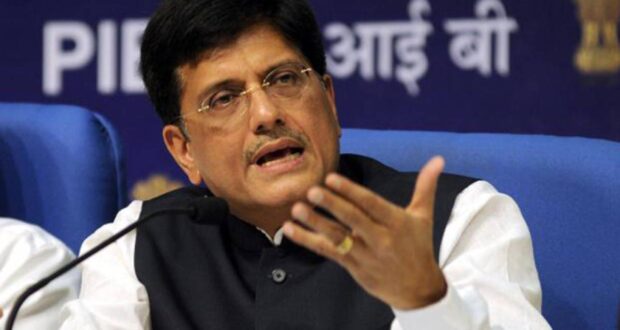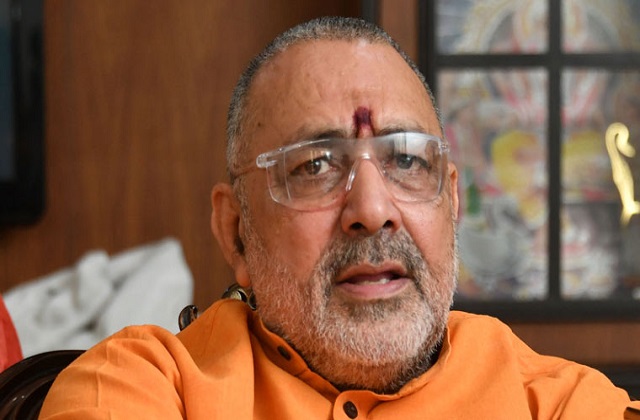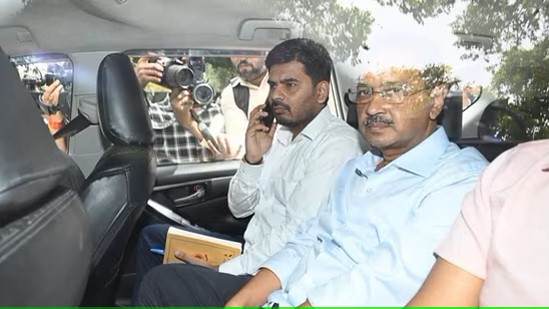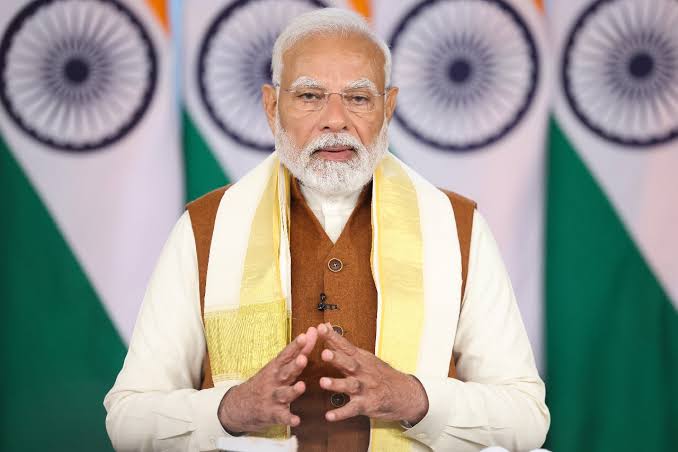Union Minister Piyush Goyal’s recent address to Latin American and Caribbean journalists painted a rosy picture of India’s future, aiming for developed nation status by 2047. While undeniable optimism fuels this vision, a deeper analysis necessitates exploring both the potential realities and the challenges that may lie ahead.
 The central theme of Goyal’s statement revolves around India’s ambitious economic transformation. By 2047, the aim is to catapult the nation from its current $3.7 trillion GDP to a staggering $30-35 trillion mark. This vision hinges on twin pillars: strengthening macroeconomic stability and prioritizing social welfare initiatives.
The central theme of Goyal’s statement revolves around India’s ambitious economic transformation. By 2047, the aim is to catapult the nation from its current $3.7 trillion GDP to a staggering $30-35 trillion mark. This vision hinges on twin pillars: strengthening macroeconomic stability and prioritizing social welfare initiatives.
Goyal emphasizes the significant strides made in macroeconomic stability. Boasting the world’s fourth-largest foreign reserves and a relatively stable currency, India seemingly stands on firm ground. Additionally, the government highlights its success in halving inflation over the past twelve years, fostering a favourable economic environment.
Beyond mere economic figures, Goyal underscores the government’s commitment to social welfare. Prime Minister Modi’s vision, he claims, prioritizes access to food, healthcare, and education, particularly for underprivileged communities. This focus on inclusive growth paints a more holistic picture of the government’s aspirations.
Goyal paints a stark contrast between the “broken economy” inherited in 2014 and the current scenario. He proudly presents India’s rise from the 11th to the 5th largest economy globally, with aspirations to reach the 3rd spot by 2027. This narrative of remarkable progress fuels his optimism for the future.
While Goyal’s vision is undeniably inspiring, a balanced perspective necessitates acknowledging the complexities that lie ahead. India grapples with persistent challenges like poverty, unemployment, and inadequate infrastructure. Addressing these alongside breakneck economic growth necessitates careful planning and resource allocation.
The true mark of success lies not just in achieving the $35 trillion target but also in ensuring equitable distribution of wealth and creating a sustainable future for all. This necessitates policies that bridge the gap between rich and poor, promote environmental responsibility, and foster long-term social development.
Minister Goyal’s claims, while optimistic, warrant further examination by independent analysts and economists. Evaluating the feasibility of the proposed targets, considering alternative perspectives, and rigorously assessing potential roadblocks are crucial for forming a comprehensive understanding of India’s path towards developed nation status.




